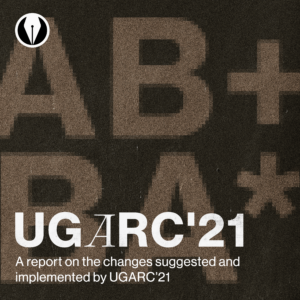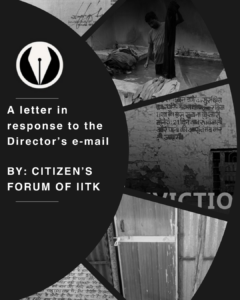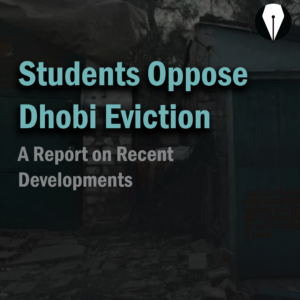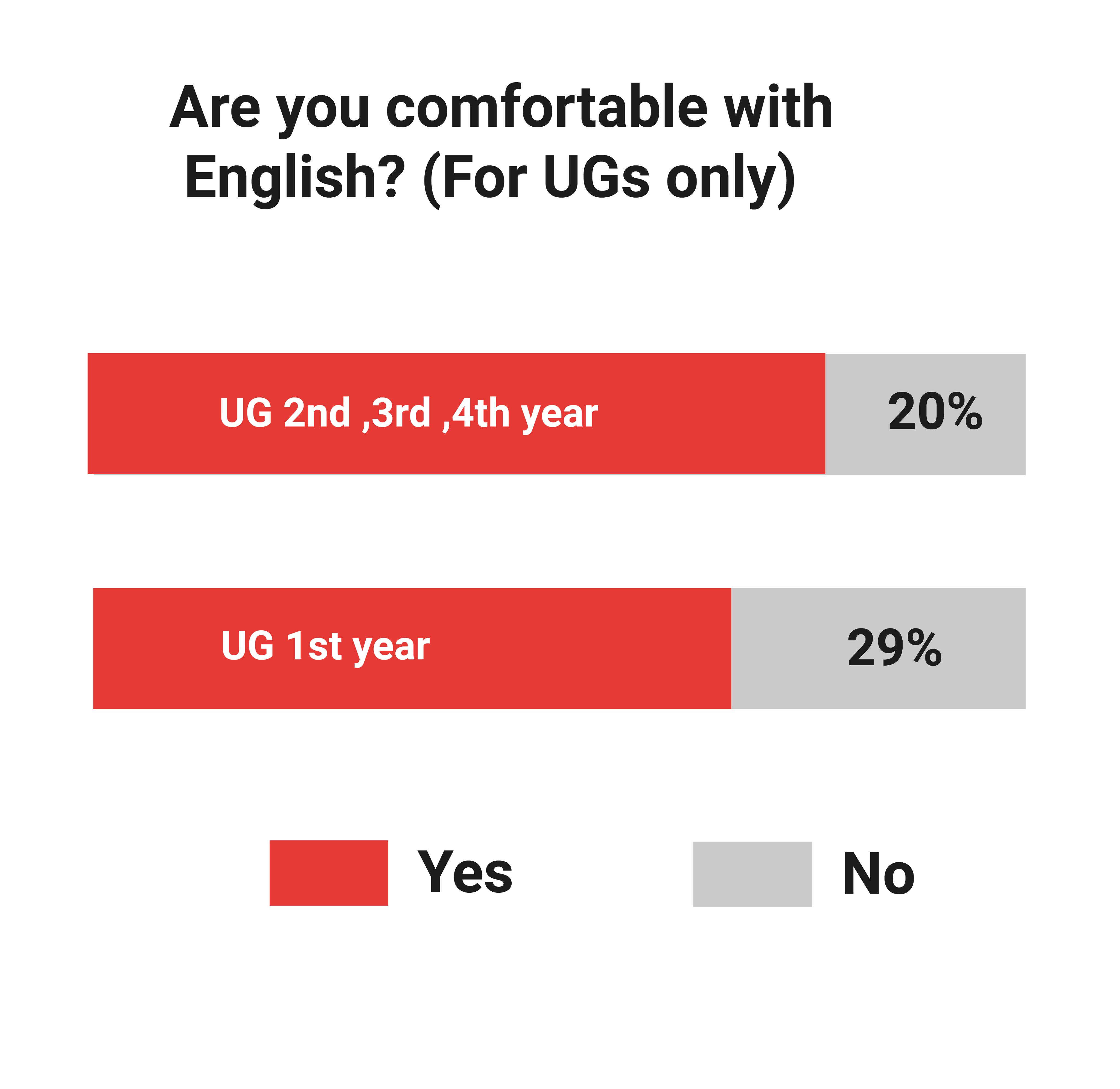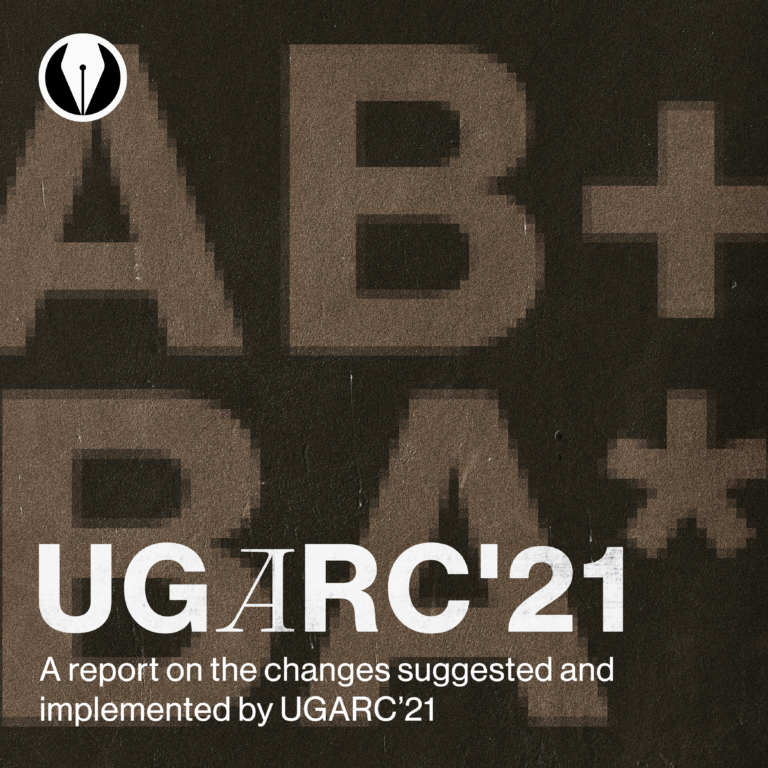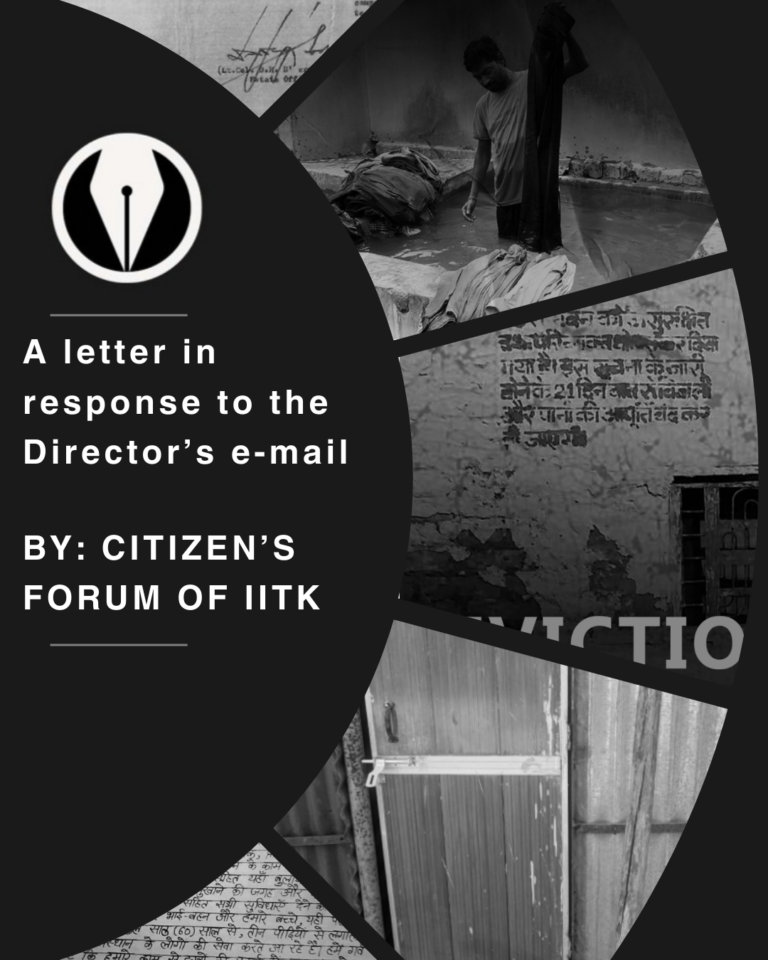IIT Kanpur consists of multicultural and multilingual communities hailing from across the country. With all its emphasis on the unrestricted flow of thoughts for learning, it should have no barriers, at least not linguistic ones. But is that really the case? We attempted to gauge the thoughts of the junta through a survey and here we are with the responses.
VOX POPULI SURVEYS
A total of 511 students participated in the survey. The data showed a great diversity in terms of cultural and linguistic background.The life of a student in the campus has two aspects to it – academics and social life. Both of them are so well intertwined that an issue in one affects him in entirety. We first went on to analyze how the lines of linguistic limits affect academics in the campus.
One of the basic issues that bring the discussion to the scene is students of the non-English background are not able to gel with the education system in the institute. When asked about their comfort with the medium of academic communications the responses highlight what indeed is an alarming situation. Around 21.5% of the respondents admitted to their inability to understand lectures completely, just because they are delivered in English. Shocking still is the number of students who find it difficult to interact with professors outside of classes due to their lack of confidence in using English. These make up a massive 24.4% of the total demographic.
What is the language background that you come from?
To better understand the issue, we talked with Prof. Suchitra Mathur. She says, “There are certain students who are very weak and with the prestige associated with English here, they tend to develop an attitude that they can’t learn it.” She further adds, “Unfortunately, we have no such system to provide the students the help they need. There is a big class and we have to focus on all the students.”
One of the measures by the institute to aid the troubles has been the introduction of ENG112. It is an elementary English course offered to students based on the results of the English Diagnostic Test. Just to give you an idea, we further investigated this year’s data of students who landed in Academic Probation or Warning after their first year. On relating the two sets of data we found out that around 41% of the total students who landed up in AP/Warning had taken up ENG112. When compared to a total number of students, the ones who take up ENG112 have a 4 times higher chance of landing in AP or Warning. Though this correlation may not be termed as causation but it can not be overlooked as English is the sole mode of teaching.
Another survey was conducted by Vox Populi among the ones who pursued ENG112 2017-18 in First Semester. The survey was taken up by 71 students, and 69.4% of students felt that the course is incomplete and they don’t know how to improve further. Prof Suchitra categorises the students of ENG112 into three categories. The first category involves those students who feel that the course can help them improve their language. This being said, the group doesn’t consist only of the weaker students. Next are students who realise later, generally in the 2nd half of semester, that this course is very different from the school level English class. They then change their approach towards the subject but they have to put in more efforts to pick up with the course. Then there is a 3rd category of students who have a lack of interest in the course. The reason is sometimes the feeling that they are on par with the course, and the EDT day was just an off day for them.
She concludes, “Over the years, I have changed my views on the objective of the course. I now consider it to be not even improvement in English, but actually a change in the mindset of how to approach the subject. That has had a much better success rate as compared to the actual improvement in English.” This is what a basic question regarding academics demonstrated. But the intensity of the problem further increases when a person faces inhibitions in daily life communication and socialisation, owing to the language barrier.
What the results say might well be shocking but certainly not unexpected given the diversity in the community. Since many residents belong to regions where Hindi is not used as a language for daily communication, it is obvious that they will have troubles mingling with a majorly Hindi-speaking/knowing crowd. Students from Southern and North-Eastern States of India face these issues.
Survey Participants
The issue of a language barrier exists in both the UG and PG population of the campus but the scale and nature of the problem vary. It is observed that PGs are quite well acquainted with English, probably due to the exposure they had during their UG days. Thus the language barrier academically is not as big a problem among PGs as it is among UGs.
Interestingly, for the PG students language is less of a barrier in socialising as well. This is due to the existence of separate social groups among PGs along the lines of a language spoken, thus providing everyone with a group to interact with and be socially active. This evidently has worked towards lowering the isolation on an individual level but has also increased the level of isolation amongst the different linguistic groups.
Hence it is of utter importance to ask the question whether the existence of linguistic groups is helping lower the language barrier or further increasing it. This is obviously a debatable topic but we’ll have to ask ourselves whether we’re searching for a long-term solution or just a short gap arrangement on the issue.
Another problem is that multiple isolated social groups are a hindrance to free flow of ideas, which in its true sense are vital for research. With language barrier hampering the free flow of thoughts both on the academic and the social front, it is only fitting to inquire about the measures the Institute has taken to curb it.
There are three major measures in effect right now to help individuals with communication. These are:
ENG112 (allotted as HSS on the basis of the English Diagnostic Test conducted during Orientation)
HLC (Hindi Learning Classes offered by the Hindi Sahitya Sabha)
EPP (English Proficiency Programme, an initiative of Prof. Bhaskar Dasgupta, ME)
The true feedback of these courses could be only obtained firsthand from the participants in the survey:
The data presents a not-so-rosy picture of the performance of the courses. The number of people who feel contented with the courses is a lot less compared to the number who actually took them. It can arguably be concluded that institute needs to do a lot more to resolve the current grievances. The HLC, for instance, has 15-18 classes in a semester. Within the sem, classes are held 2 days a week while in summers it is usually 3. The classes are held one hour a week. Many students from the Foreign Exchange Program also take up the classes. The entire course is properly structured. The classes are conducted by coordinators and secretaries. After every class, the content covered in the class is sent through email. The initial attendance is around 30-40 but by the end of 4-5 classes, it drops below 10. One reason could be that the study material is sent through mail after each class. The problem of dropouts is reflected by the fact that last year, 4 students continued these classes till the end.
But the problem being of grave nature requires a solution as soon as possible. A suggestion to curb the menace has been to outsource the problem. This measure can be significant given the amount of personal attention one would receive from private firms. Also, the seriousness involved in dealing with the solution increases manifold, the moment outsourcing is introduced. Given all these pros there still is the apprehension whether someone from outside would be able to understand the problem with all its peculiarities which are unique to IITK. nothing much can be said in this regard unless the method is tried once.
The problem of language barriers undeniably exists and is not getting the amount of attention it deserves. The programmes that are available for improving the situation have a poor reach and feedback. As Soumyadeep Datta, Core Team member of Counselling Service, points out, “Talking about the attendance in TTC and ECC, it is about 30 students in the initial classes. TTC is conducted in the initial 2 weeks for maths and physics. The ECC was sought to be a long program but the attendance in it dropped to below 10 in the next classes. So, it is now not being conducted.” Not many innovative steps have been taken in this regard and none are planned as of now. The steps that students have taken on their own, especially PG, though have brought communities closer but it might have deepened the problem. The major problem that exists is the lack of sensitisation towards language barrier. The majority does not even experience the problem thus the issue has been overlooked for far too long. “Majority of students find alienated with English since their childhood, so any effort of diversification gets nullified by the dominance of the majority at the hostel level,” says Soumyadeep. He adds, “How can we expect to prosper as a community when our interactions are inhibited by something as trivial as a language barrier? For providing a long-term solution involvement of the whole community is necessary.”
Written by Yash Kuwade, Nirbhay Jishtu, Monali Monalisa, Rahul Agarwal and Lakhvir Singh
Edited By: Harshit Bhalla

